TEXT AND PHOTOGRAPHS BY MAITREYEE PATWARDHAN
Pune and Mangalwedha, Maharashtra
It was a cloudy afternoon in September 2018, when I was visiting my parents in Pune. The reason was specifically to meet my aaji, Nirmala Patwardhan, my paternal grandmother who was visiting. Even though we’ve never stayed in the same city, I have always been very close to her. A majority of our bonding happened over the common interests of coffee, art and love for animals.
As we were chatting over a cup of coffee, aaji pulled out a cloth bag wanting to show us some things she had found in the kothi chi kholi, the storage room of our family’s haveli, in Mangalwedha, a small village in Solapur district, Maharashtra. From the cloth bag a diverse range of objects tumbled out – a rolled up piece of red cloth, which was her father-in-laws wallet, coins from before and after Partition, and an elegant, roughly 8.3cm long and 1.7cm wide piece of steel shaped like an inverted bulb. It had a delicate silver oval embossed with a rose and some vines. This beautiful thing – I was told by aaji – was a crochet needle almost 90 years old! I could never have guessed it was a needle merely from the shape. I asked her where the hook was and she smiled and slid the oval silver mechanism to the top, pulling with it a hidden hook, extending its size to 12cm.
The needle originally belonged to my aaji’s grandmother (my great-great-grandmother!) Sarasvati Godse-Modak, more fondly referred to as Chimabai, who was born in 1850s to the Mamledar (tahsildar) of Vijapur. Chimabai had two sisters and three brothers. She was married at the age of nine and moved to her husband’s home in Mangalwedha, then a part of the Bombay Presidency. When and how she came to posses this crochet needle, aaji does not know. In fact, the only memory she has of her grandmother is when they visited her in the summer holidays – she remembers Chimabai as a slender hardworking woman who gave her all to her family, but doesn’t quite remember her using the crochet needle.
“I don’t think she ever had the time, running behind and managing a household with over 20 people!” Rather disappointed, when I asked whether she any memories of her, she smiled and responded, “Its been a long while since someone asked me about her…but no, sadly, I don’t. I only vividly remember someone narrating a funny incident that happened at her wedding – see those times, it was common for a relative to go ahead and finalise a marriage proposal. The bride and groom never even saw each other until the wedding day. In their case, even her father had not met his future son-in-law! As her father was always travelling for work, his elder brother had finalised the proposal. When the family was travelling in a train for the wedding, Chimabai’s father got into a heated argument with a gentleman over the same seats. Little did he know then, that the gentleman was his future son-in-law! They only got to know about it at the wedding venue and he was worried he had jeopardized his daughter’s wedding” she said laughing.
When I then asked my grandmother how she came to possess the vintage crochet needle, she said that her aai, her mother, Indumati Bhave gave it to her a few years before she passed away. I remember Indu aaji, my great-grandmother, who died when I was just a teenager. However, I too don’t have any memory of her ever knitting or sewing and upon mentioning this to my grandmother, she agreed but said that her mother was creative in a different sense. She wrote beautiful poems, began a pre-primary school in their small house in the Tulshibag area of Pune, and most of her time was spent in composing and teaching baal-geet to the children. Much like her grandmother, aaji did not remember her mother ever using the needle, and yet one day when she was visiting her in Pune, she handed it to her, knowing that her daughter may make better use of it.
After her marriage to my grandfather, Parshuram Patwardhan, aaji too, like her grandmother, moved to Mangalwedha. She had spent all her childhood in Pune and had even completed her education there, which was why moving to a small village like Mangalwedha was a big change. However, her in-laws being reputed farmers and sansthaniks (rulers of a British protectorate) of Mangalwedha were financially well off. She had very little to do in the vast expanse of the haveli, besides supervising and cooking special food. She spent her time taking care of the family, reading and cooking, and in due time, her outlet for creativity became the art of crocheting. Using the heirloom needle, she produced some well-loved sweaters, dolls and rugs that she proudly presented to her granddaughters!
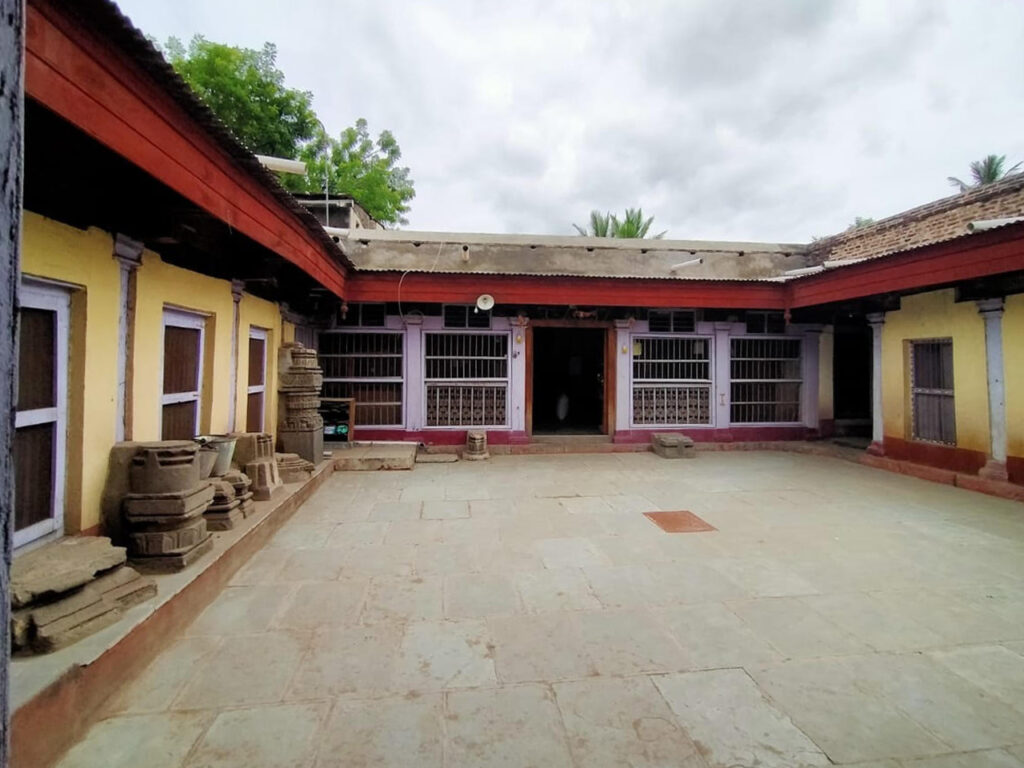
A family member travelling from America once gave her a book of crochet and knitting patterns – a rarity at the time. She eventually learnt how to make a reversible crochet doll and it was such a hit with all the grandchildren and even their friends! She once made a doll for her granddaughter who relocated to Australia and surprisingly, aaji got a few orders for the dolls from across the continent. I vividly remember a purple and green reversible doll she had knitted for me.
In addition to her creativity, aaji has always been curious. During a time when refrigerators and electronic mixers were very new in India, ours was one of the first kitchens in Mangalwedha to boast of these appliances. However, it was a big task finding somebody to repair it when needed. So aaji, armed with her tools, sat on the floor dismantling the machines and trying to make sense of it. She always had a way with electronics and could fix the minor issues most of the time. At times she couldn’t, an electrician had to be called from the closest town. “The times were so different” she says. Something as common as a loaf of bread was a novelty, and often, aaji baked her own. Even idlis and dosas were unheard of!
After listening to my aaji talk, I could hardly contemplate such a vast difference in lifestyles. My thoughts moved to the needle – the tiny piece of metal that began one of the most interesting conversations I had had with aaji. The changes she had adjusted with throughout her life, the dreams she wanted to achieve, her way of putting her family first, and the strength which kept her going in spite of the early death of her husband all boiled over into an overwhelming sense of warmth and love towards her. Suddenly, she looked so old with her lines of wisdom and slightly hollowed cheeks. And the crochet needle – the three powerful, independent women who had owned it flashed through my mind and I thanked my ancestors who had left behind such a rich bequest. Perhaps my grandmother was always meant to own this beautiful crochet needle, which had been patiently waiting two generations to meet its purpose. And I like to think that the generations after her will further inherit the traits of resilience, strength and creativity.

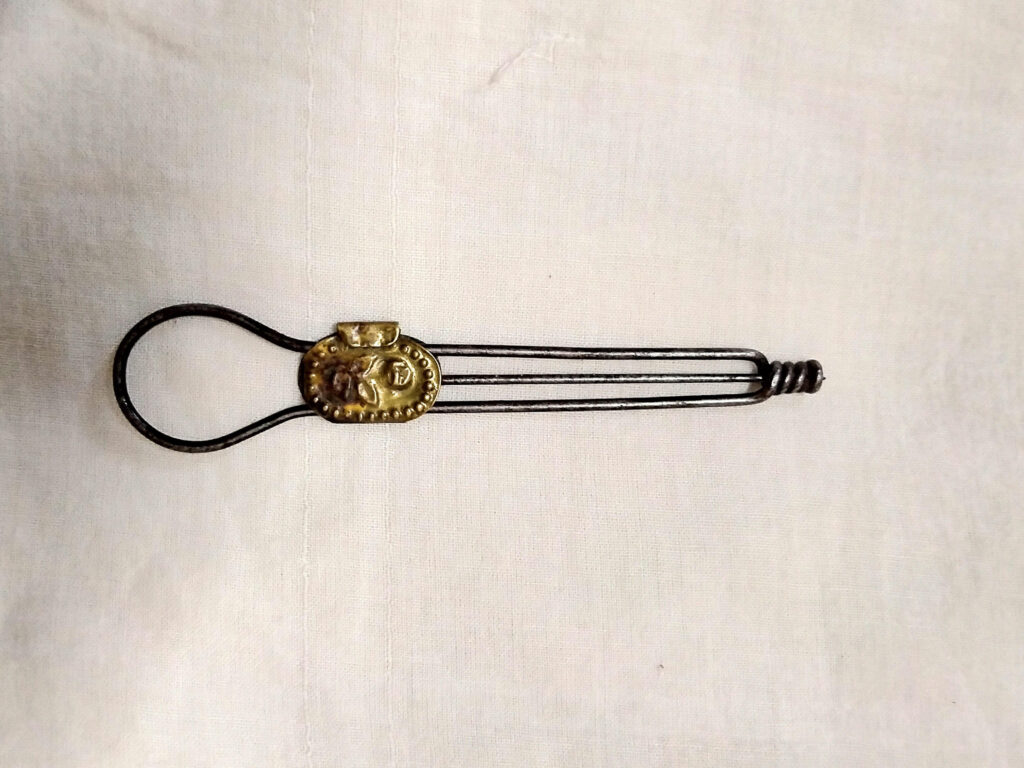
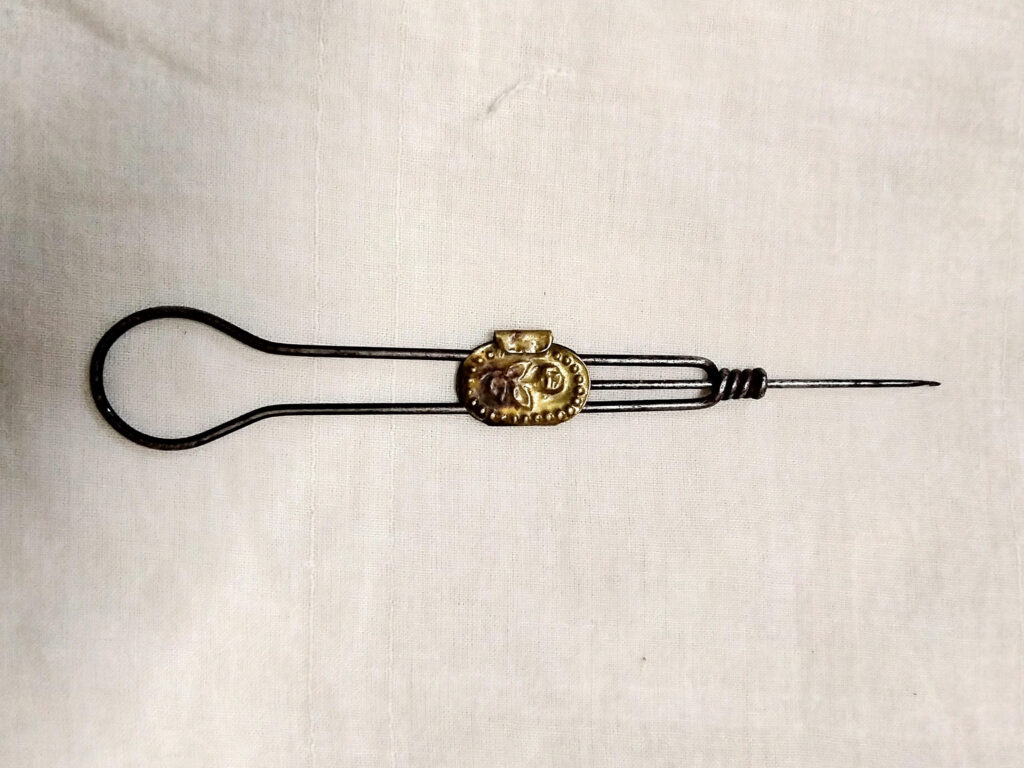
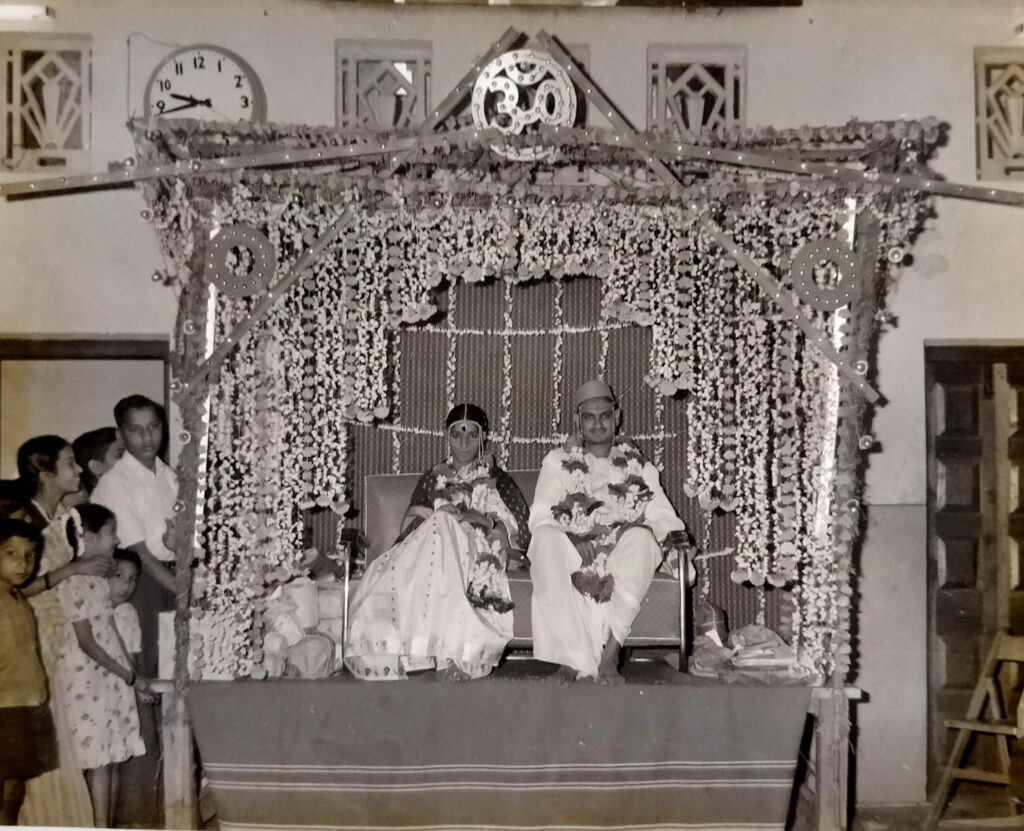
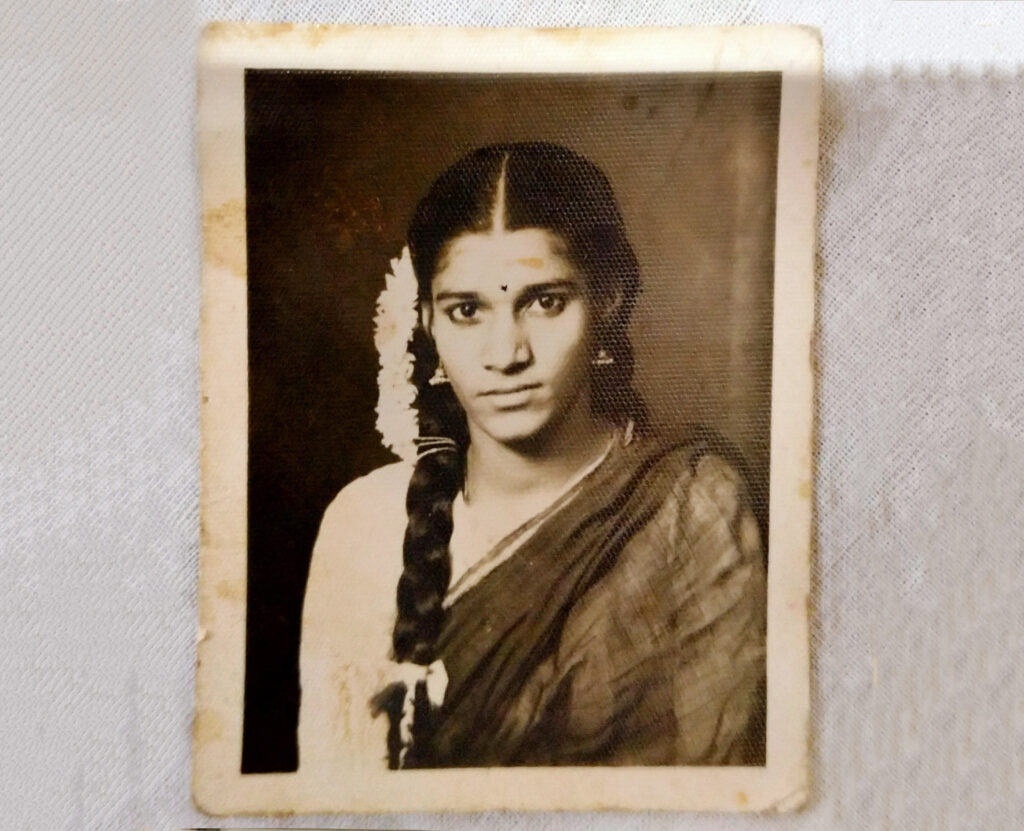
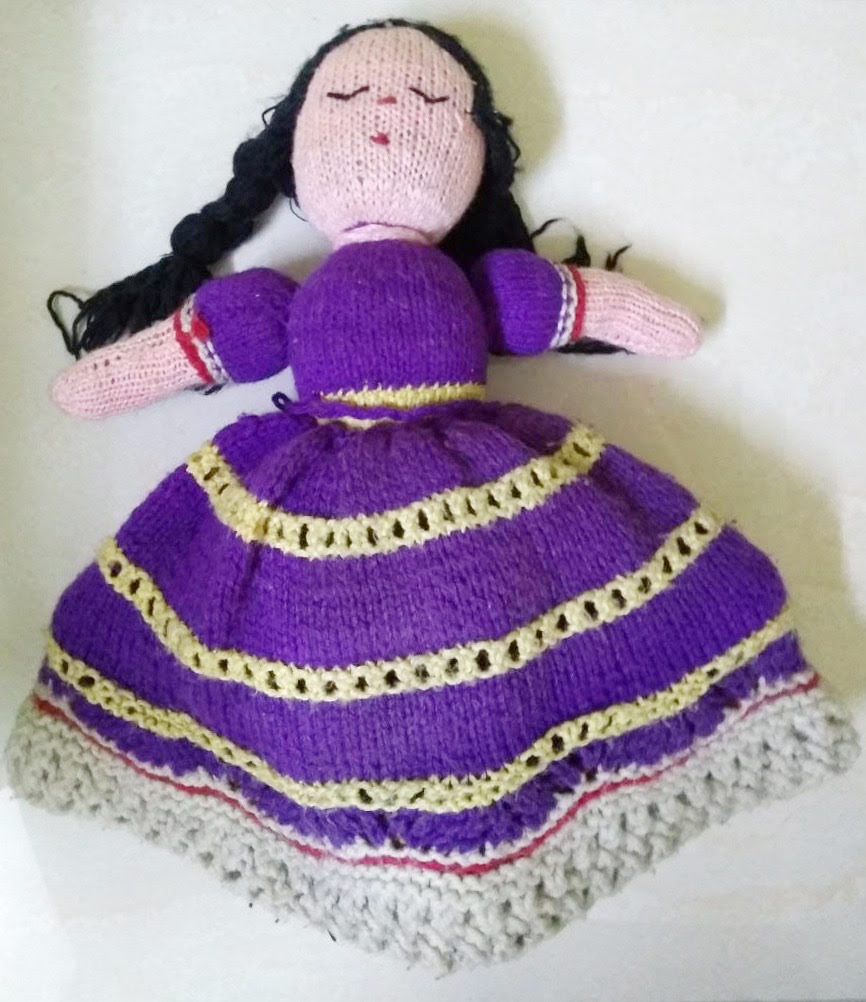
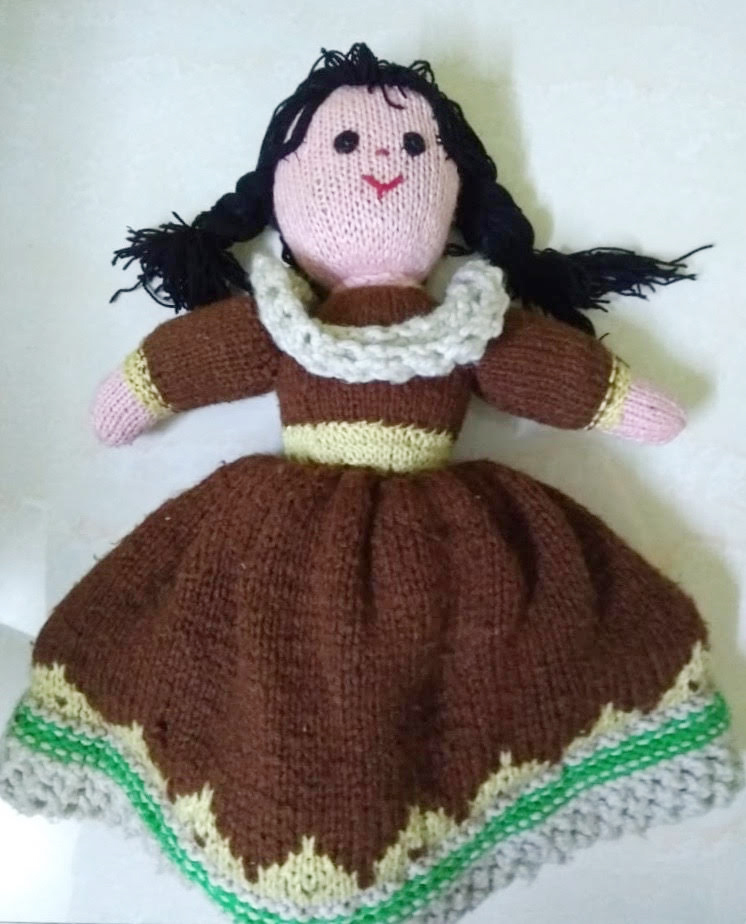
Nice exciting story…..
मीनाताईंच्या म्हणजे माझ्या मोठ्या मेव्हणी(बाई) त्यांचे लोकरीच्या विणकामाचे कौशल्य मला ज्ञात होते मात्र, इतर कौशल्याचा परीचय त्यांच्या नातीने वेचक शद्बात करुन दिला आहे. आजी आणि नात दोघींचे अभिनंदन!